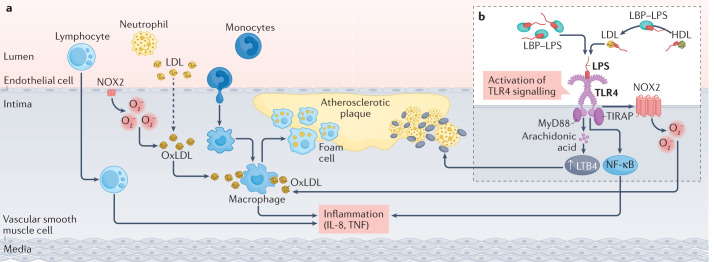Fig. 3. Mechanisms of LPS-mediated atherosclerosis.
a | LDL can cross into the arterial wall and undergo oxidation in the subendothelial space, leading to the formation of oxidized LDL (oxLDL). OxLDL is taken up by macrophages, inducing foam cell formation and inflammatory cytokine production. b | Lipopolysaccharides (LPS) can cross into the arterial wall, either together with LPS binding protein (LBP) or by LBP-mediated LPS transfer from HDL to LDL particles. LPS binds to Toll-like receptor 4 (TLR4) in several cell types, leading to phosphorylation of Toll–interleukin-1 receptor domain-containing adaptor protein (TIRAP) and recruitment of the myeloid differentiation primary response protein 88 (MyD88) to the cytoplasmic domain of TLR4. Downstream signalling induces the activation of the transcription factor nuclear factor-κB (NF-κB), which increases the production of pro-inflammatory cytokines, such as IL-8 and tumour necrosis factor (TNF); oxidative stress via upregulation of NADPH oxidase 2 (NOX2)-derived reactive oxygen species, which further promotes LDL oxidation; and destabilization of the atherosclerotic plaque via activation of the arachidonic acid pathway and biosynthesis of leukotriene B4 (LTB4), which attract leukocytes to the atherosclerotic lesion. O2−, superoxide.

